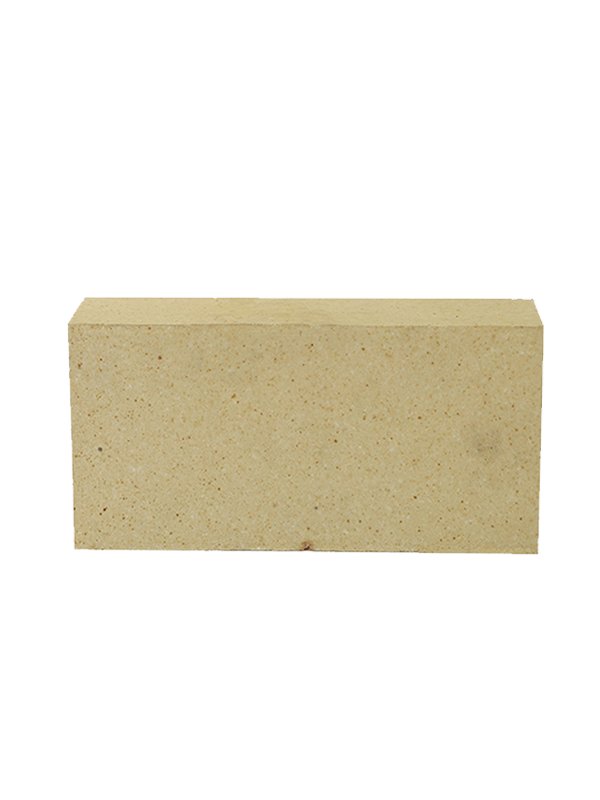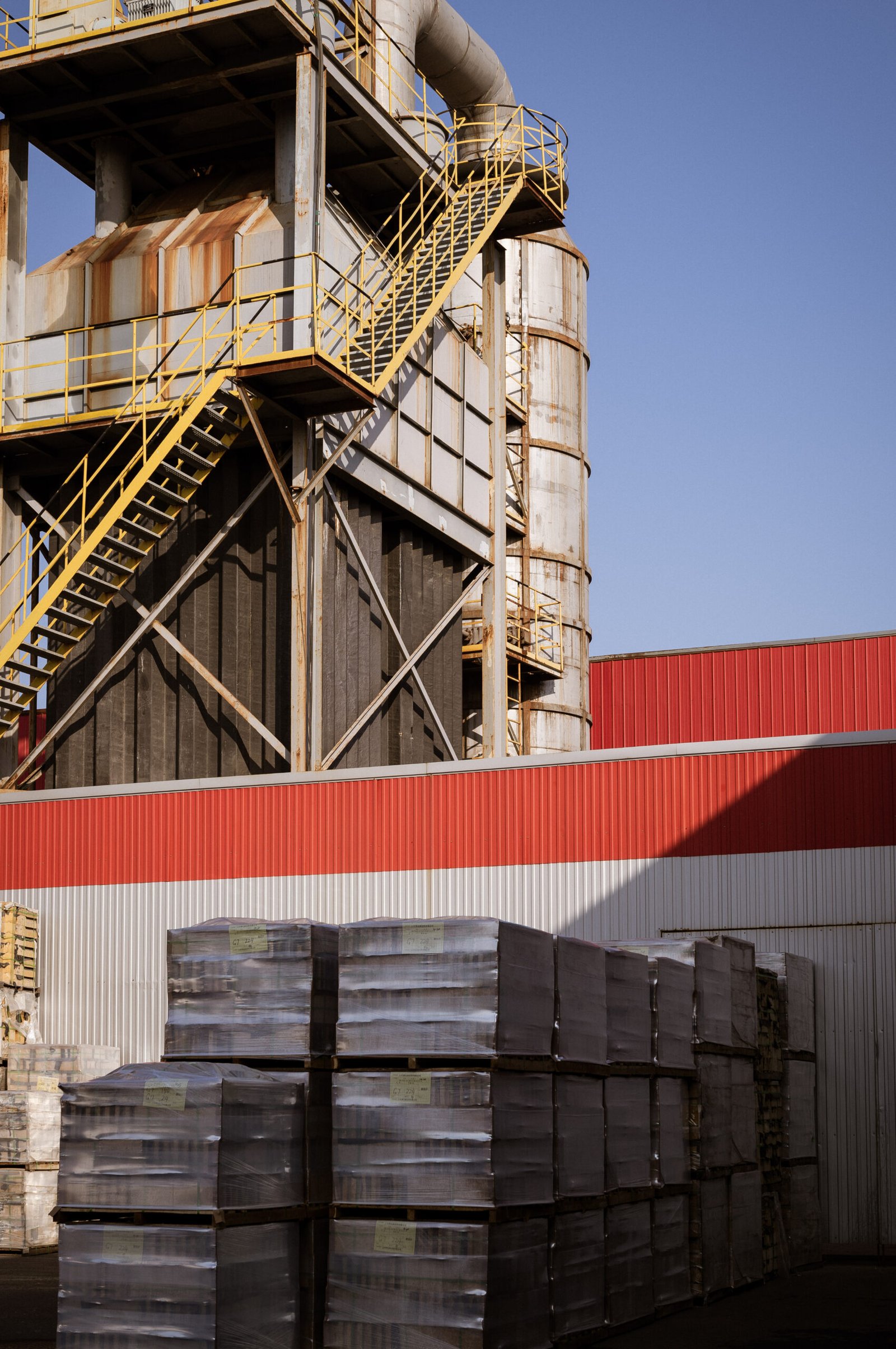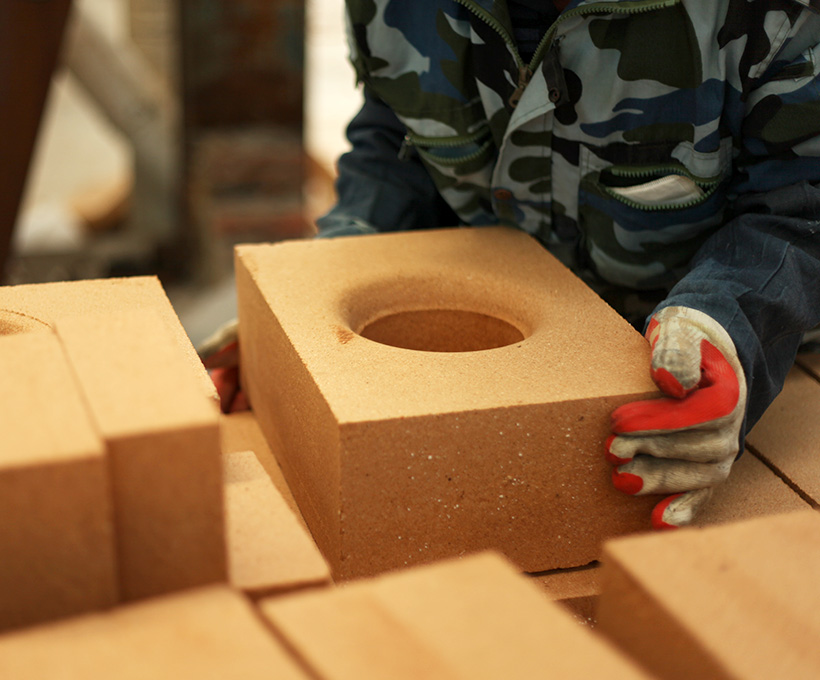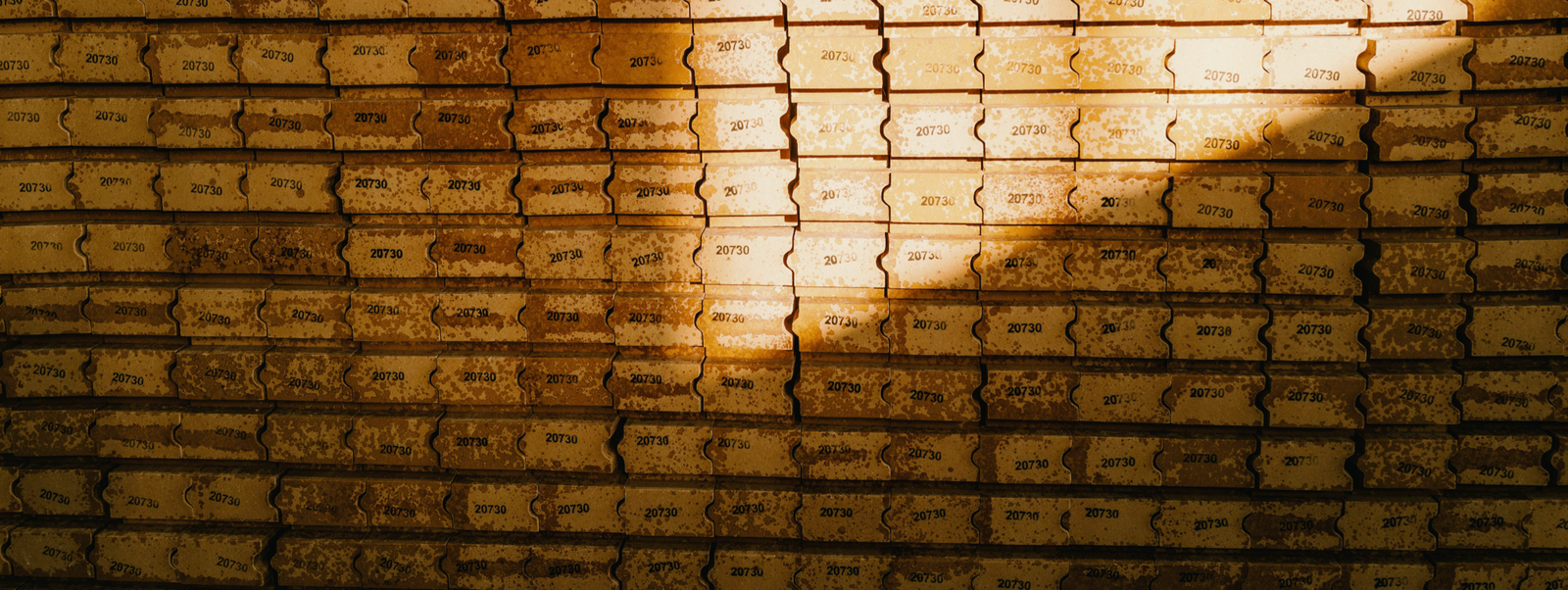What Are High Alumina Bricks?
Manufacturers produce high alumina bricks primarily from alumina (Al₂O₃) and other raw materials like clay. These bricks offer excellent thermal stability, high mechanical strength, and strong resistance to chemical corrosion. With an alumina content typically ranging from 50% to 90%, engineers design these bricks to withstand extreme temperatures, making them a popular choice in high-temperature industrial applications.
Key Properties of them
- High Temperature Resistance
High alumina bricks can withstand temperatures up to 1750°C, making them ideal for use in environments with extreme heat. Their ability to maintain structural integrity at high temperatures ensures long-lasting performance. - Excellent Mechanical Strength
These bricks have high compressive strength, which allows them to endure heavy loads and mechanical stress without cracking or breaking. - Superior Chemical Resistance
High alumina bricks are highly resistant to chemical corrosion from acids, alkalis, and slag. This makes them suitable for industries where materials are exposed to aggressive chemical environments. - Low Thermal Conductivity
Their low thermal conductivity helps in reducing heat loss, improving energy efficiency in industrial processes. - Thermal Shock Resistance
High alumina bricks can withstand rapid temperature changes without cracking, making them ideal for applications with frequent heating and cooling cycles.
Applications of them
- Steel and Metallurgy Industry
The steel industry widely uses high alumina bricks in blast furnaces, ladles, and tundishes.Their ability to withstand molten metal and slag makes them indispensable in these applications. - Cement and Lime Kilns
In cement and lime production, high alumina bricks line the kilns and preheaters, protecting the equipment from high temperatures and chemical reactions. - Glass Manufacturing
Glass furnaces require materials that can endure high temperatures and resist chemical corrosion from molten glass. High alumina bricks perfectly meet this requirement. - Petrochemical Industry
In petrochemical plants, engineers use these bricks in reformers, crackers, and other high-temperature reactors to ensure safe and efficient operations. - Power Generation
High alumina bricks are used in boilers and incinerators in power plants, where they provide thermal insulation and protect against extreme heat.
Why Choose them?
High alumina bricks offer a unique combination of durability, efficiency, and versatility. Their ability to perform under extreme conditions makes them a cost-effective solution for industries that rely on high-temperature processes. By reducing heat loss and extending the lifespan of equipment, they contribute to significant energy savings and operational efficiency.
Conclusion
High alumina bricks are a cornerstone of modern high-temperature industries. High alumina bricks offer exceptional properties like thermal stability, mechanical strength, and chemical resistance. These qualities make them essential for industries such as steelmaking and glass manufacturing. Whether you aim to boost furnace efficiency or extend kiln lifespan, high alumina bricks are a reliable and proven solution.





